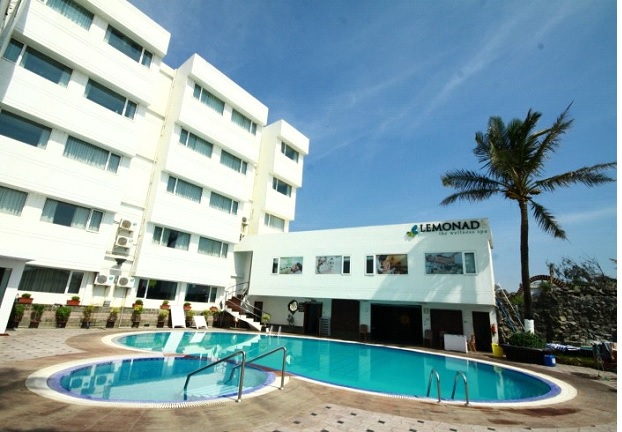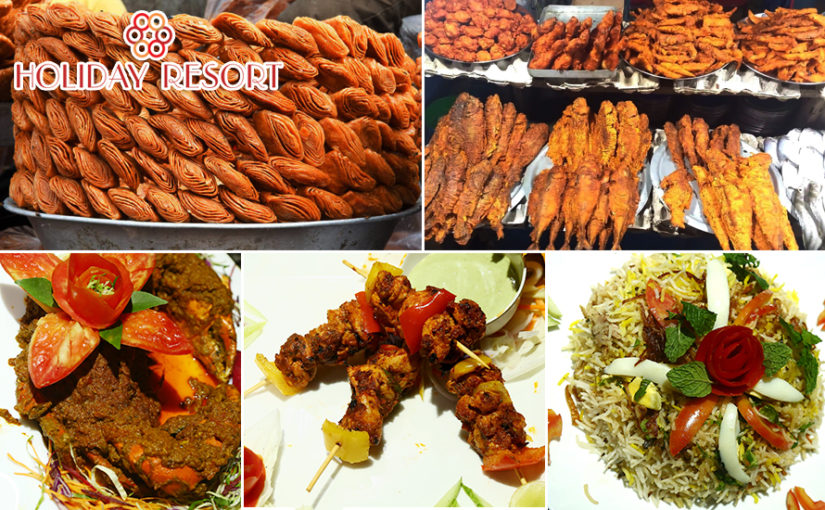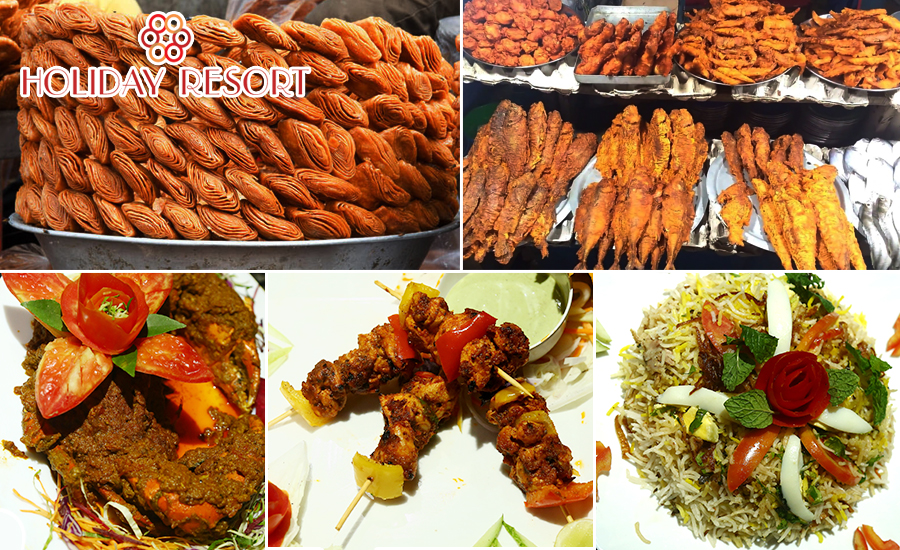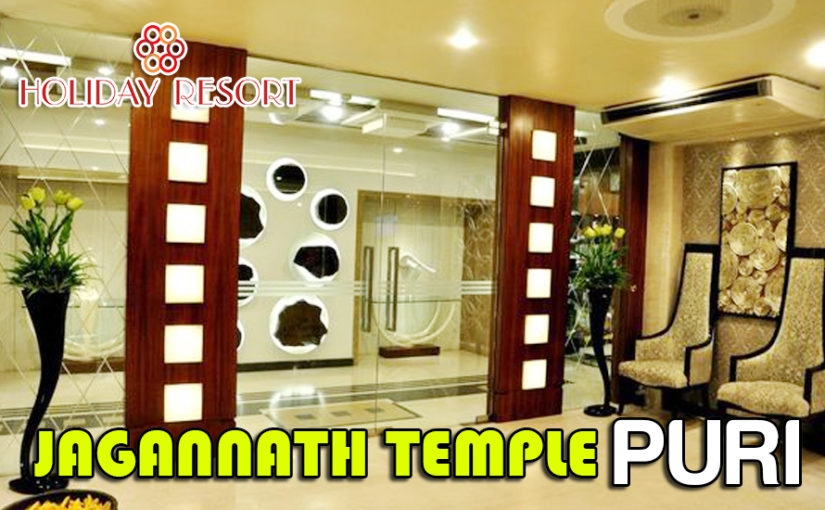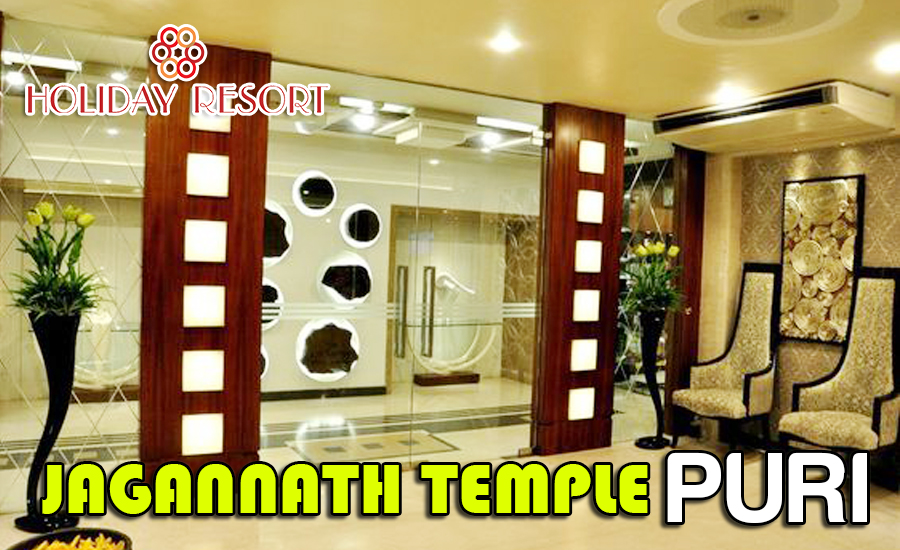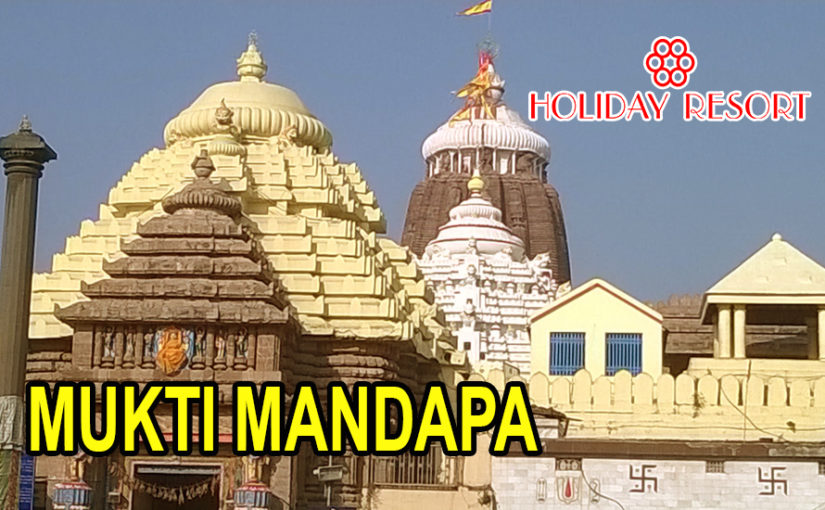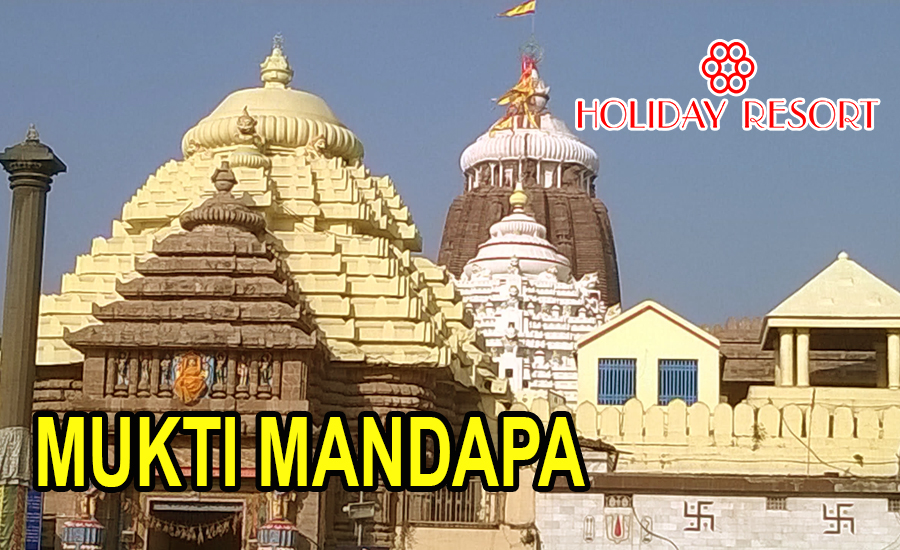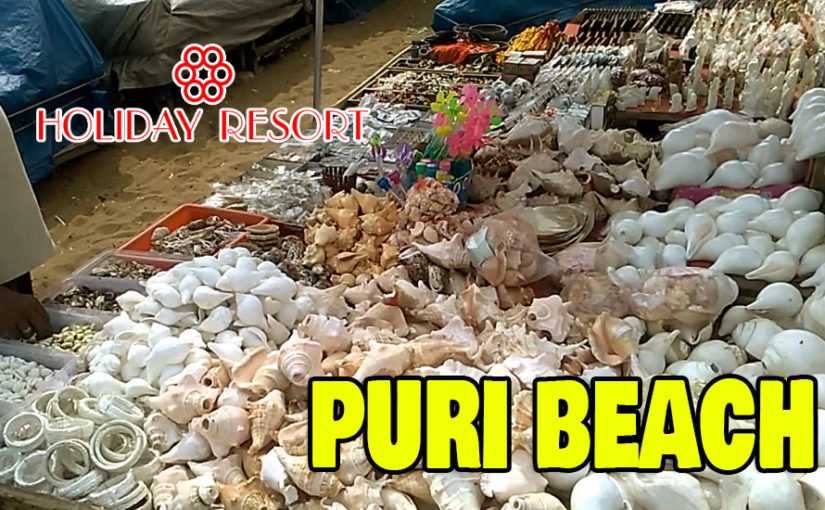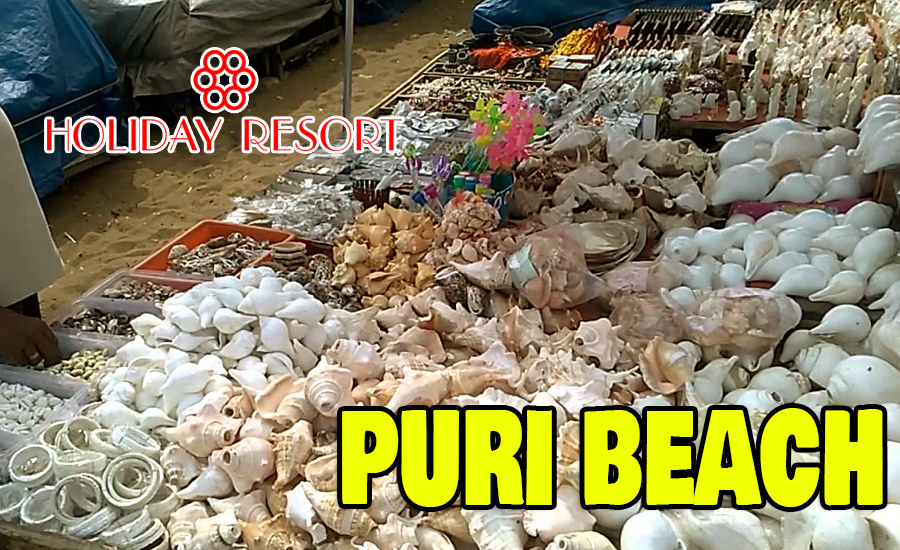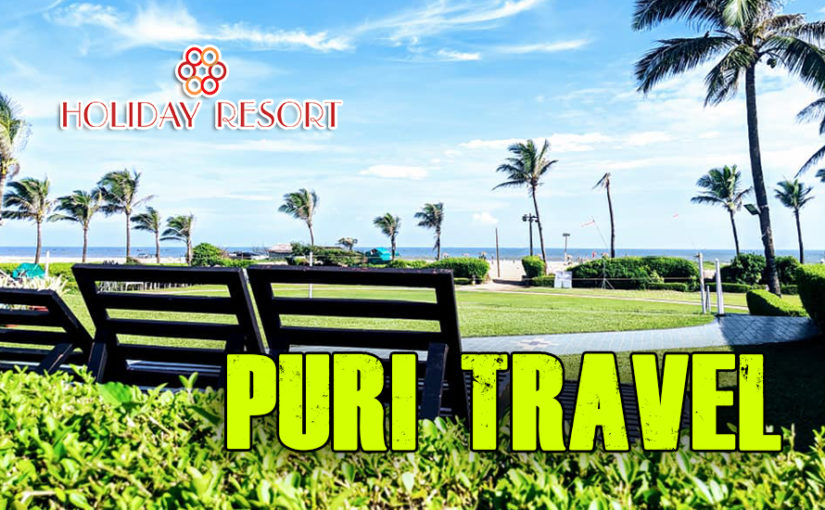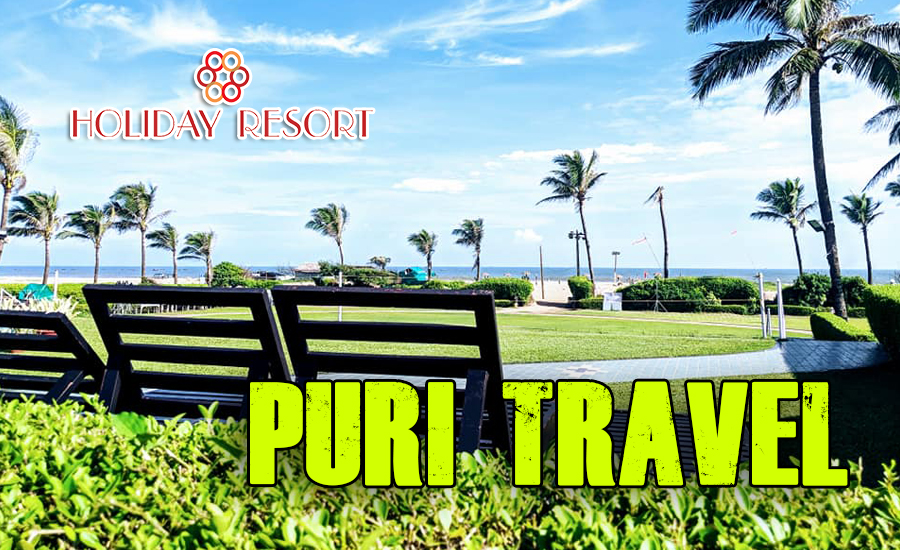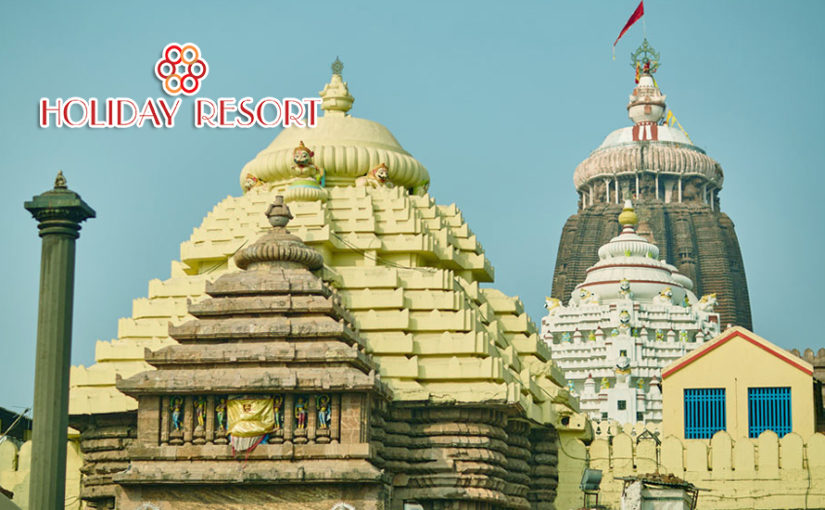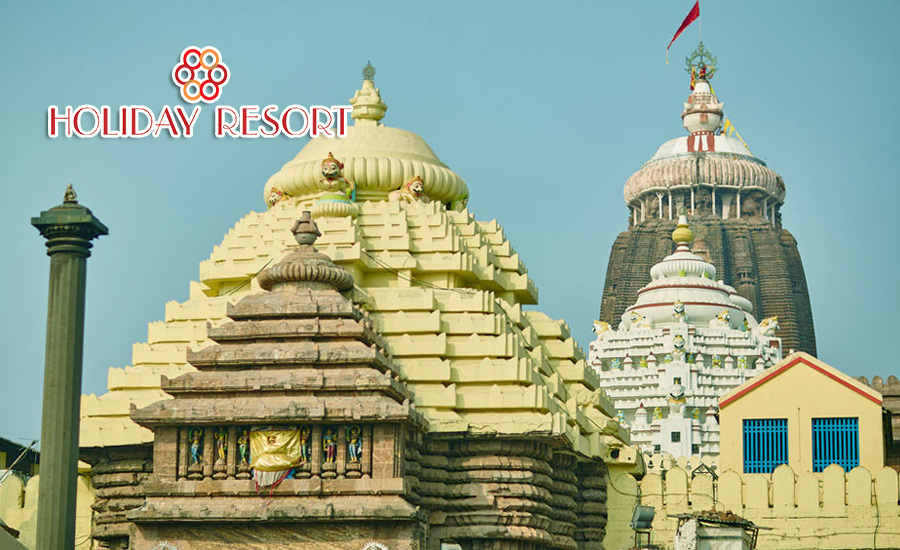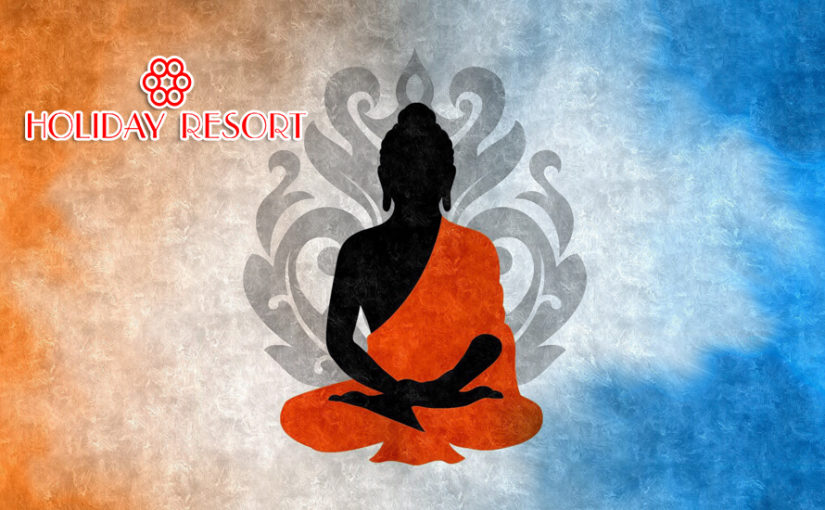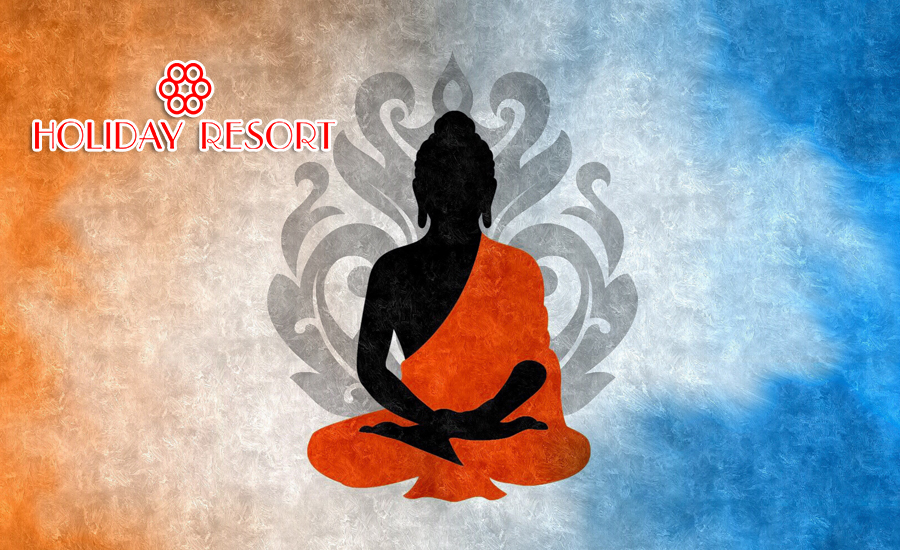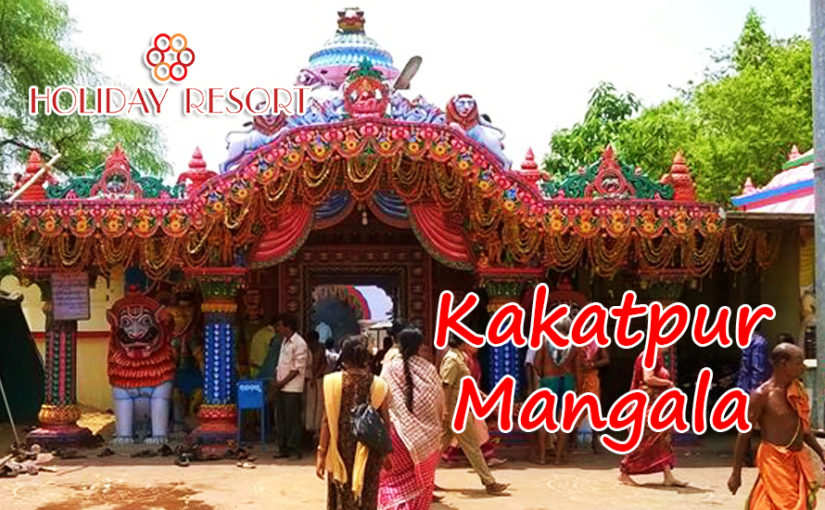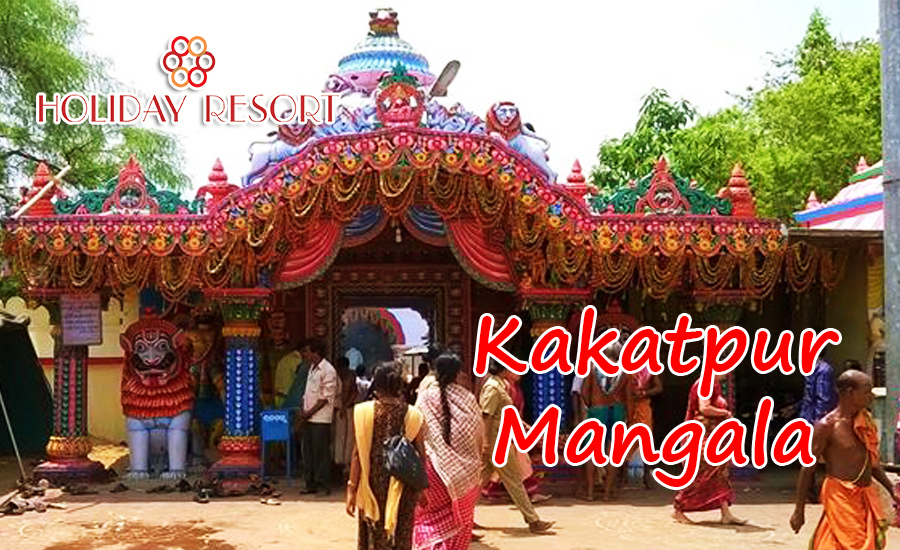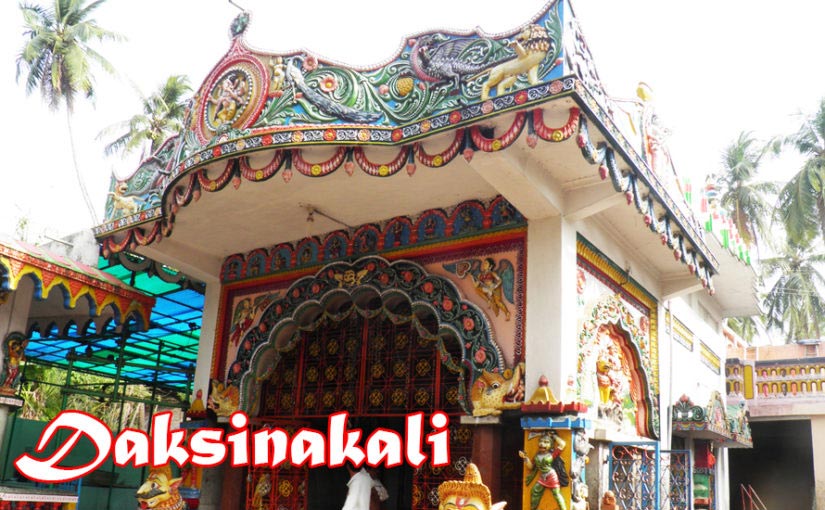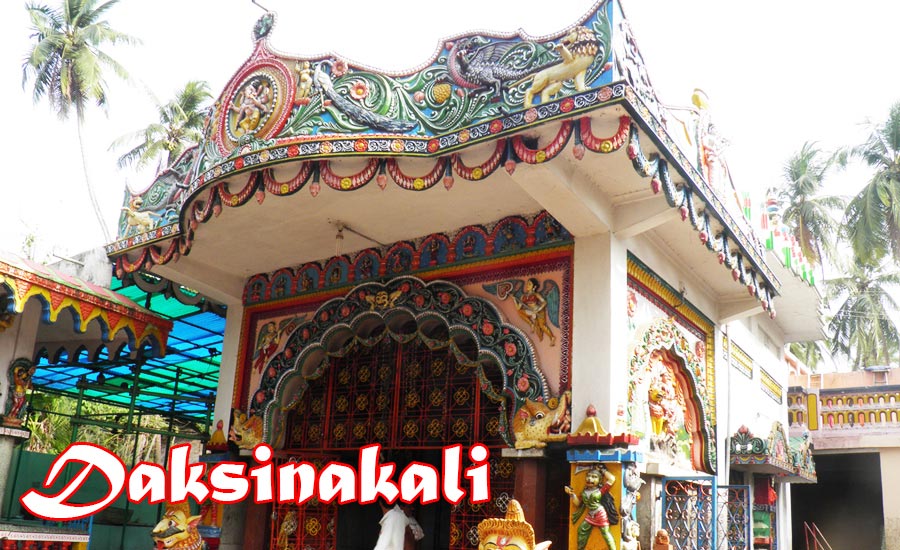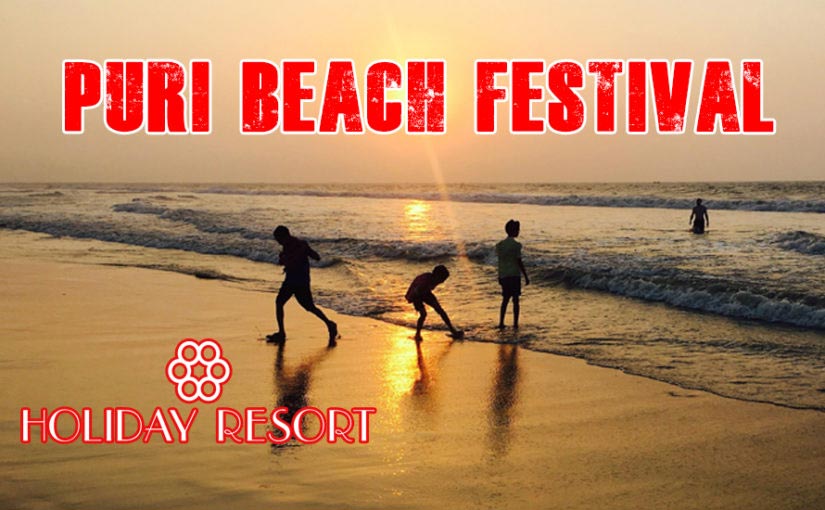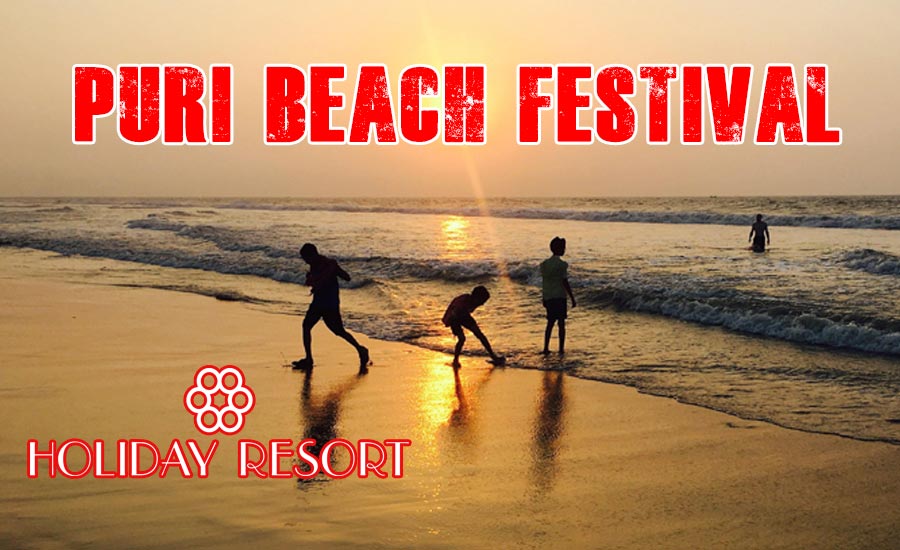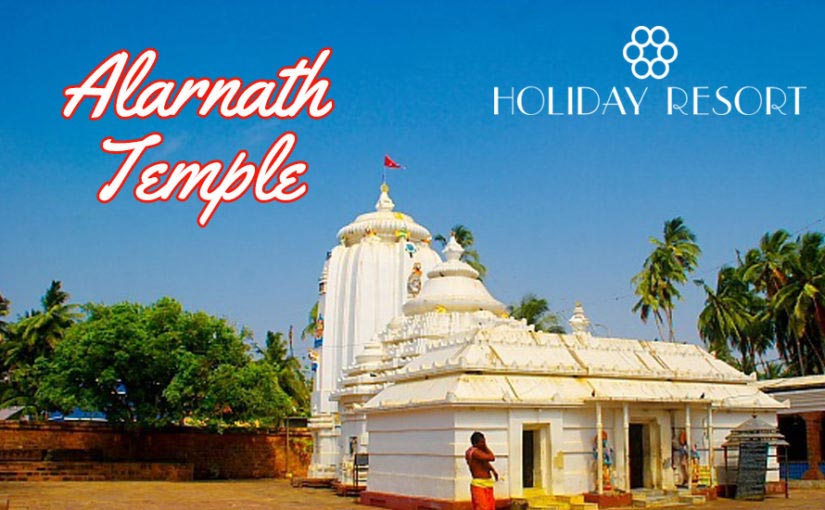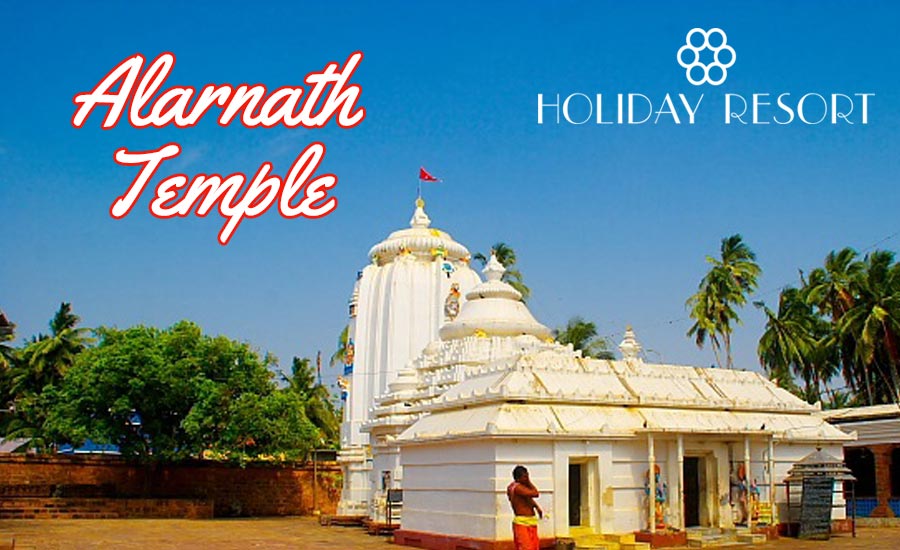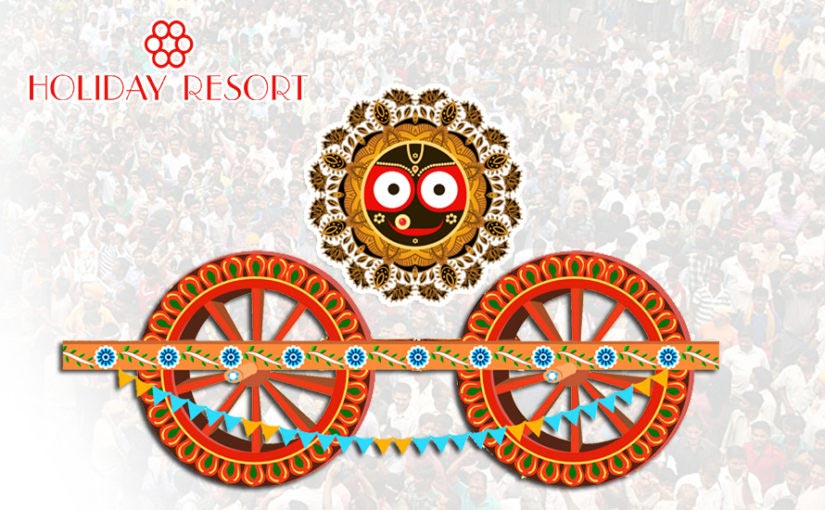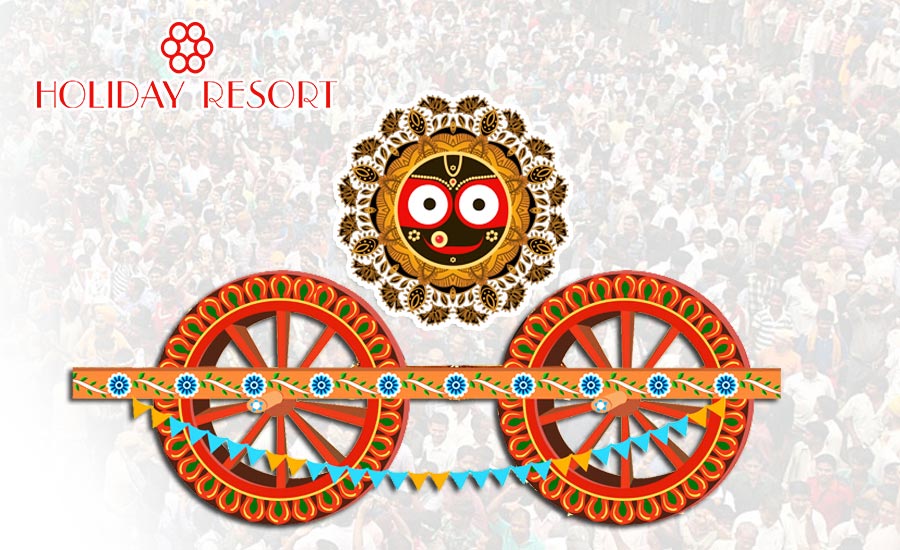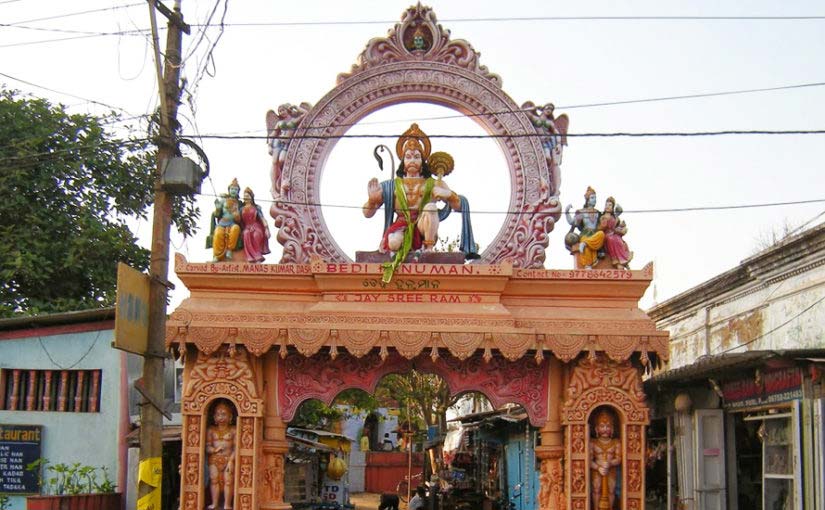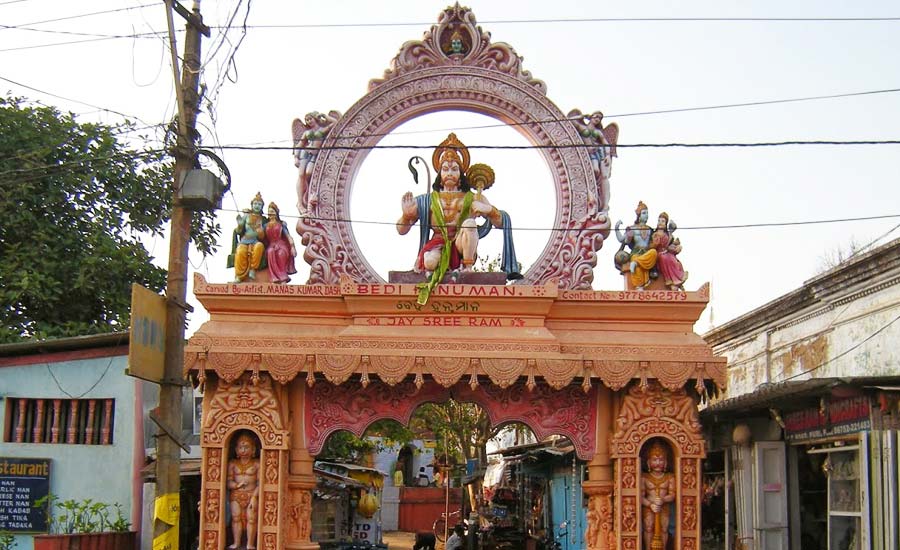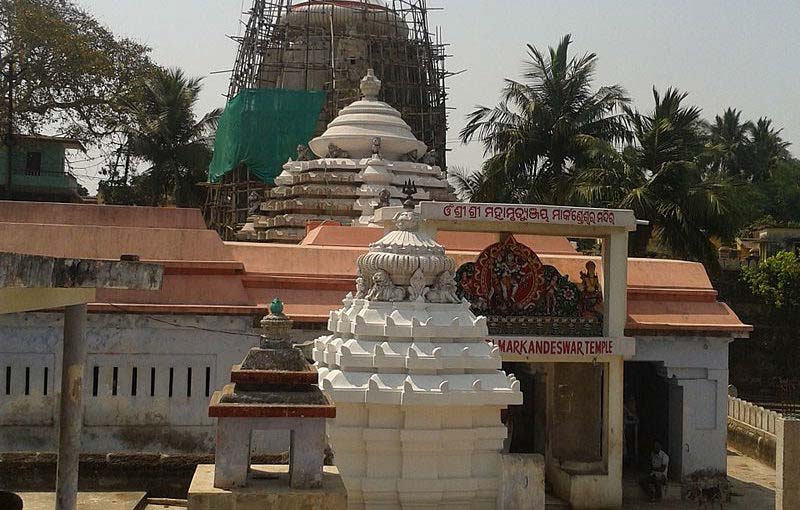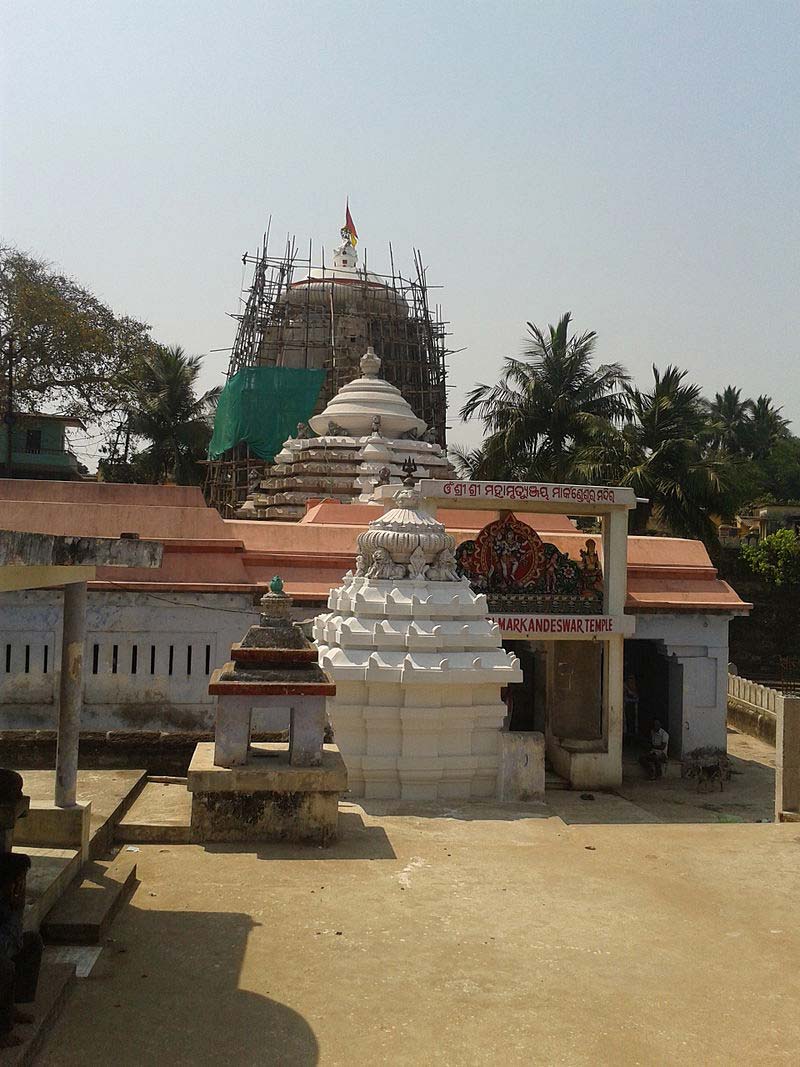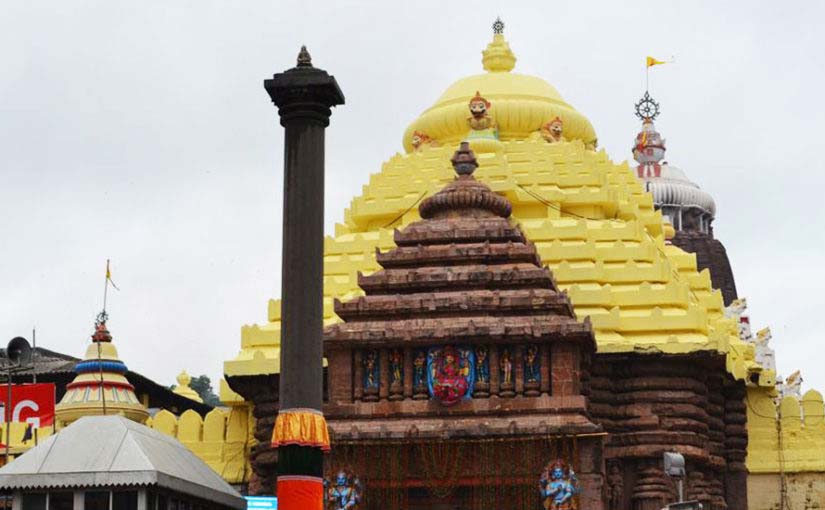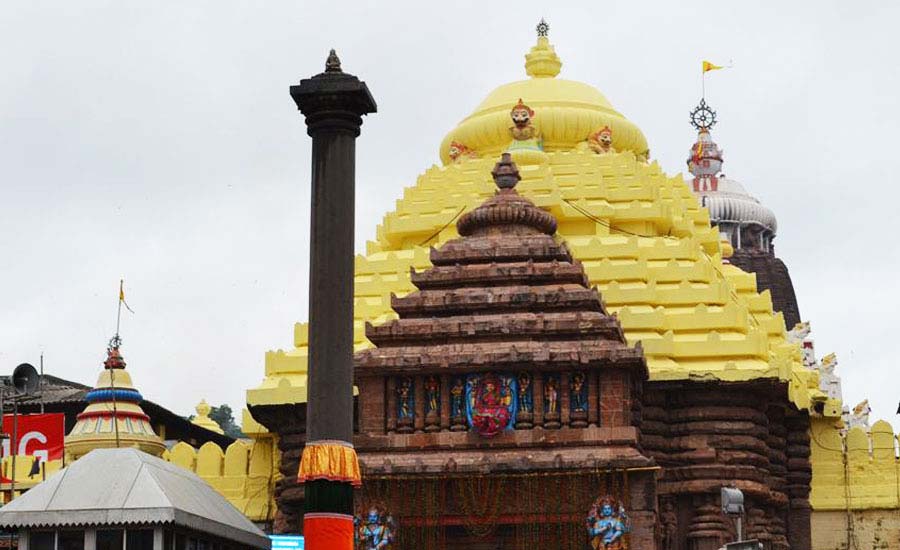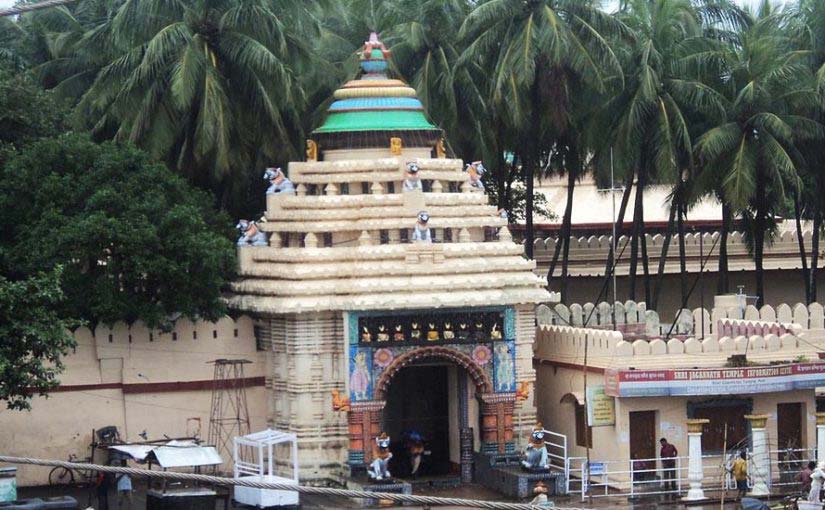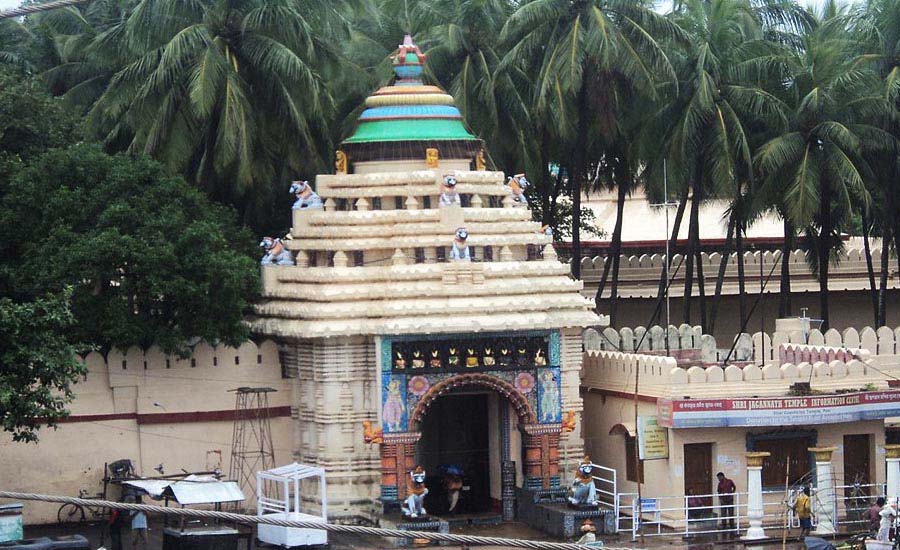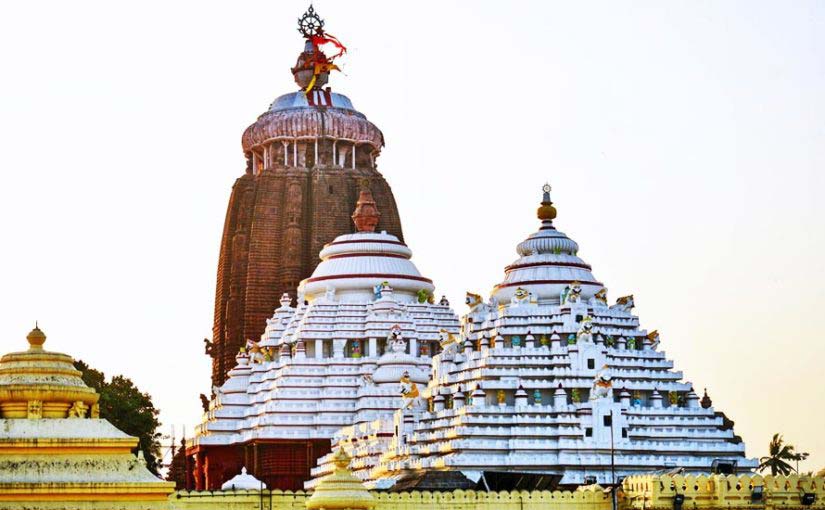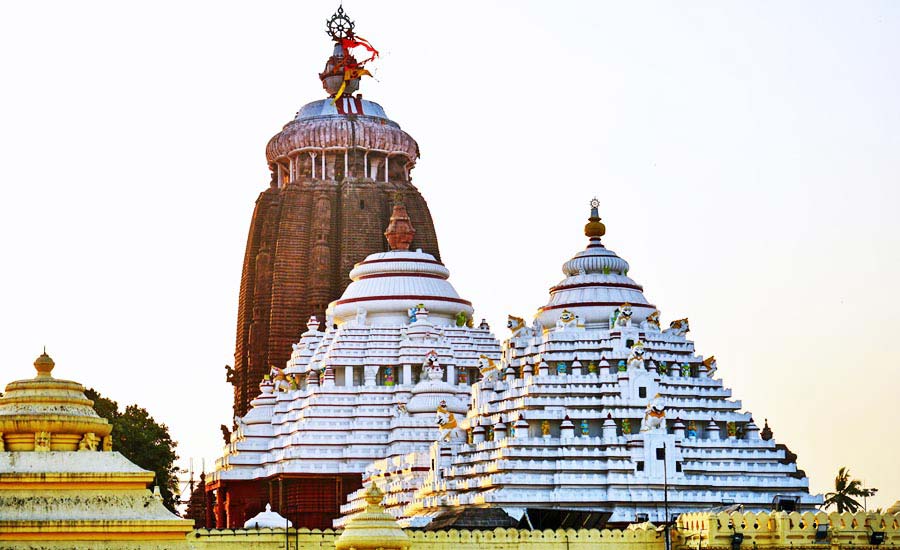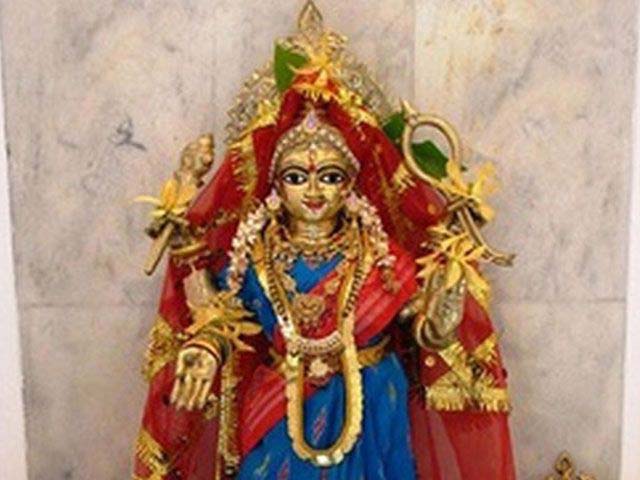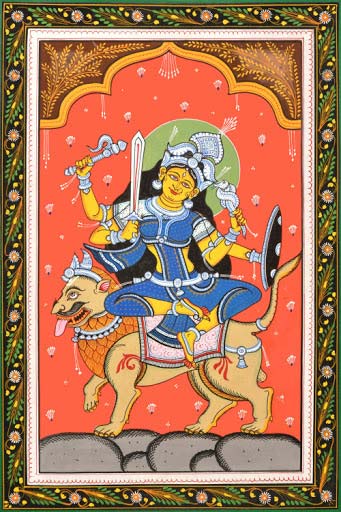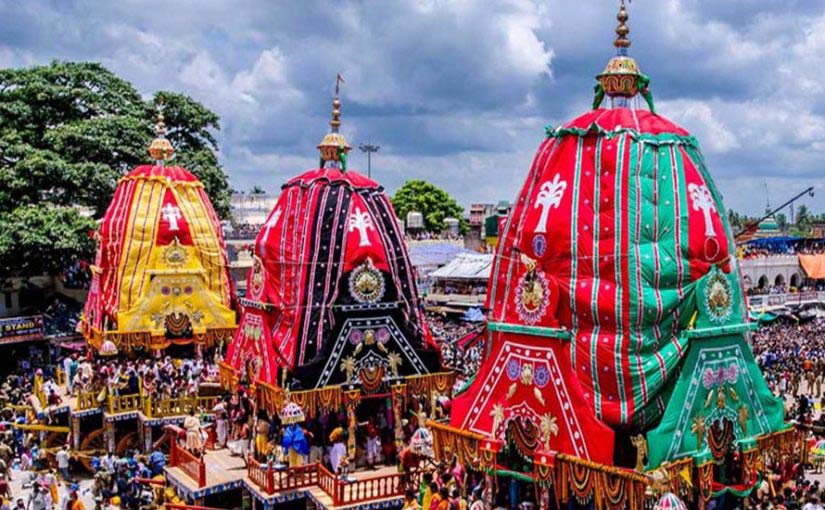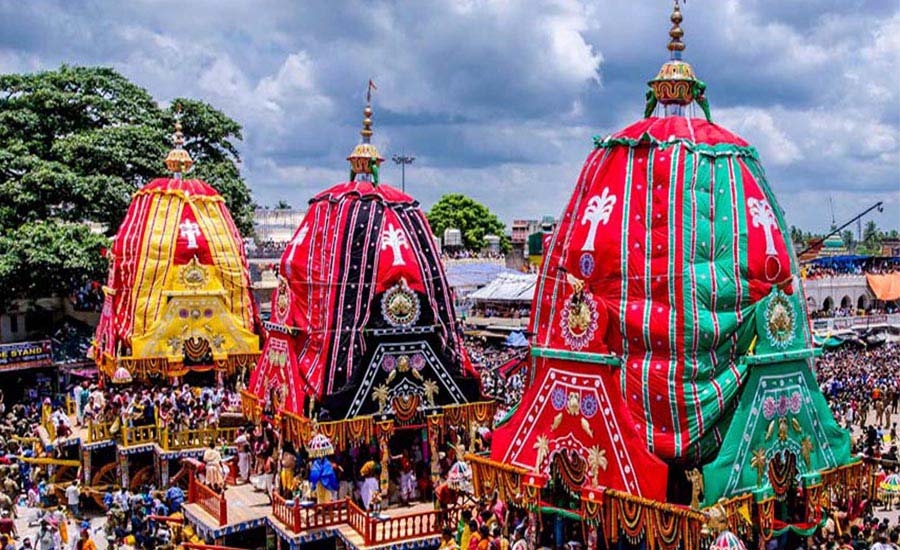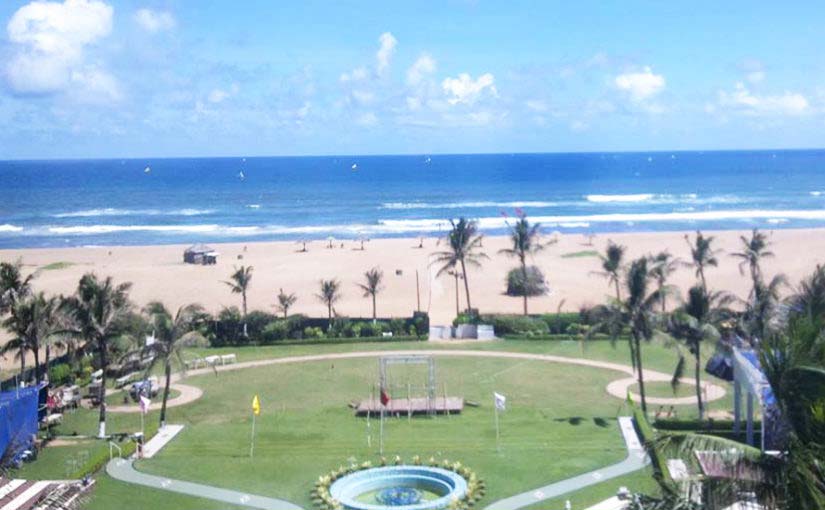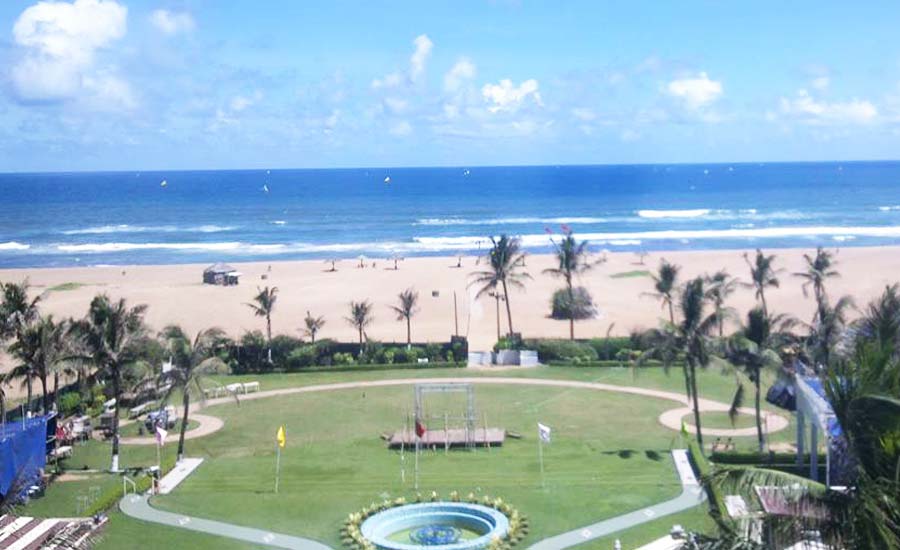As the winter sets in, the plan for picnics and tripping starts buzzing among the travellers. How fun can it be to go to places with a gentle wind, acoustic waves and a touch of sacredness? We can find all these attributes in the holy pilgrimage city, Puri.
Planning To Go To The Beaches? On This Vacation, Plan A Trip To Puri!
Puri is one of the four’ dhammas,’ the ‘abodes’ of the gods. In the east, on the coast of the Bay of Bengal in Odisha, is Puri, where the great temple of ‘Jagannath’ is situated. Being One of the most sacred pilgrimage sites for Hindus, it attracts many devotees towards itself.
Why Puri?
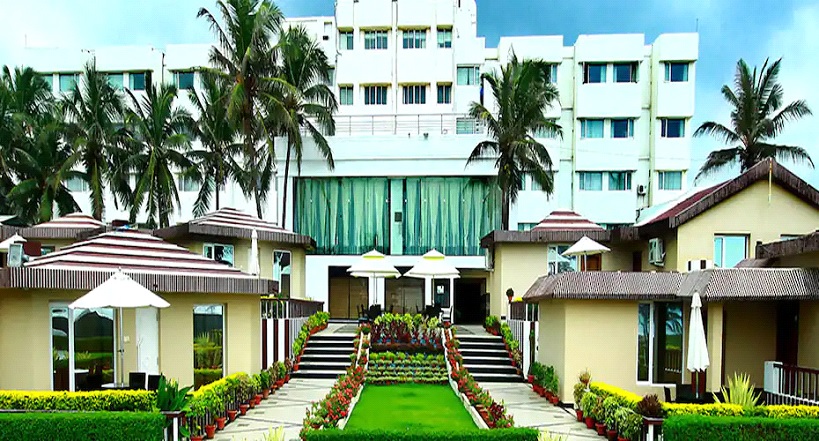
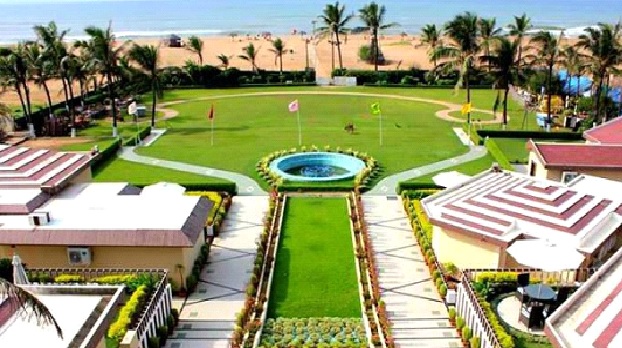
Puri is believed to be the final resting place of Lord Vishnu, and Unsurprisingly, it has become a very important place of worship for the Hindus. The Jagannath Puri temple was constructed in the 11th century and is mostly famous for the Rath Yatra worldwide, from which the English language got the derivation of the word ‘juggernaut.’ Not only for its sacred culture but also because its beaches fascinate great crowds worldwide.
Puri Beach As A Serene Beauty!
The splendid beach stretches up to seven km and is a round-the-year destination for both domestic and international travellers. Visitors can enjoy the sunrise and the sunset, sunbathe, sit back on the beach, watch local fishermen pulling their catch or mending their nets, play with the waves, and listen to the rhythmic rendition of the striking waves. Puri Beach is considered safer than other beaches in the country as it does not face high tide and undercurrent very often.
Odisha is considered ‘India’s Best Kept Secret, ‘with a 500 km long coastline, mountains, lakes, natural biodiversity, and rivers. The diversity which is offered by this state is unmatched. Puri has become the travel destination for all localities and foreign travellers. Puri beach has also been felicitated as the Golden Beach and Blue Flag Beach by the World Bank-funded Integrated Coastal Zone Management Project (ICZMP) of the Forest and Environment Department, Government of Odisha and The Blue Flag Programme for beaches and marinas is run by the international, non-government, non-profit organisation FEE (The Foundation for Environment Education) in Denmark, which started certification of Blue Flag beaches in 1987 and in the year 2020, Puri beach got its certification. The beauty of Puri beach is serene and magnificent.
Where To Stay?
The visit to Puri should maintain the stay, and you can get The Magic Of Best Resort in Puri Beach, Always the Right Choice only at the premium’ Holiday Resort’. The resort is alongside the beach, where you can have a sublime stay. The resort offers exotic dishes with its fusion of Indian and Chinese restaurants. They have a swimming pool for adults and children, where you can spend quality and fun-filled time with your family. The holiday resort is the best choice if you want to relax and rejuvenate your mind and body with their wellness SPA.
If you plan to visit Puri on your next vacation, don’t forget to stay at the best luxury resort in Puri and have a great experience ahead.

